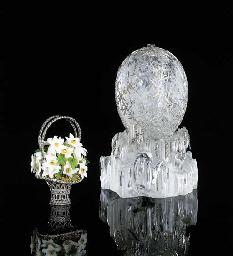I invite you to choose between two works of art, both of which have been sold by the famous auction firm Christie´s.
Which one do you prefer?
This one :
Which one do you prefer?
This one :
Andy Warhol (1928-1987)
Oxidation Painting (also known as Piss painting)
( the product of Warhol and company urinating on the copper-coated canvas)
Price Realized
$1,889,000 (!)
The Baptism of Christ Hendrick van Balen I (Antwerp c. 1574/5-1632) and Jan Breughel II (Antwerp 1601-1678)
Price Realized
£169,250 ($260,307)
If you, as I, prefer the second one, you might be interested in reading the late British art conoisseur Kenneth Snowman´s opinion on modern and contemporary art:
“One of the ugliest stains discolouring the fabric of our end of the twentieth century has been contributed by an alarming number of stuntmen masquerading as painters and sculptors with the connivance of a further number of near-illiterate critics and gallery directors, cynical dealers and ignorant patrons. The common factor which unites these pretentious individuals (present tense is sadly mandatory since the situation largely persists) is a total lack of respect for, or knowledge of, their more cultivated forebears.”
Why, indeed, should these people attempt to fulfill the demanding requirements of true astistic endeavour when they can so easily and profitably get away with fraudulent jumbles of brushstrokes
and meaningless heaps of rubbish left on the gallery floor to be admired by the simple-minded?
How many times, one cannot help wondering, have normally responsible action houses and galleries put on display non-figurative panels, painted by overpraised contemporary masters, the wrong way up? We know it happens, but not excactly how often. On how many occasions has one found examples of these pointless trivialities portentously labelled Untitled, as though the profound creativity of the artist were quite beyond the understanding of a mere member of the public? Of course, the possibility that the perpetrator could no be bothered to think up a title for his or her masterpiece cannot be entirely missed.”
Snowman wrote this in 1993, but not much has changed since that time. Although there are some signs of change in the air.
PS
For those prefering the number one choice, here is a suggestion for further reading.













